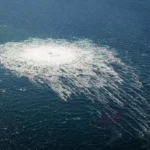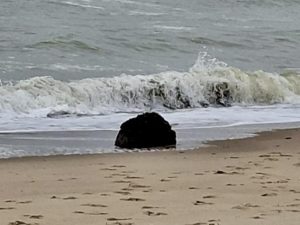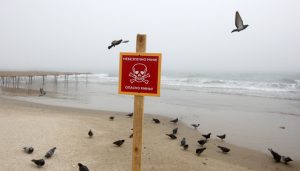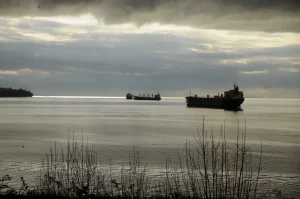Law enforcement authorities already have evidence of the explosions at “Nord Streams”
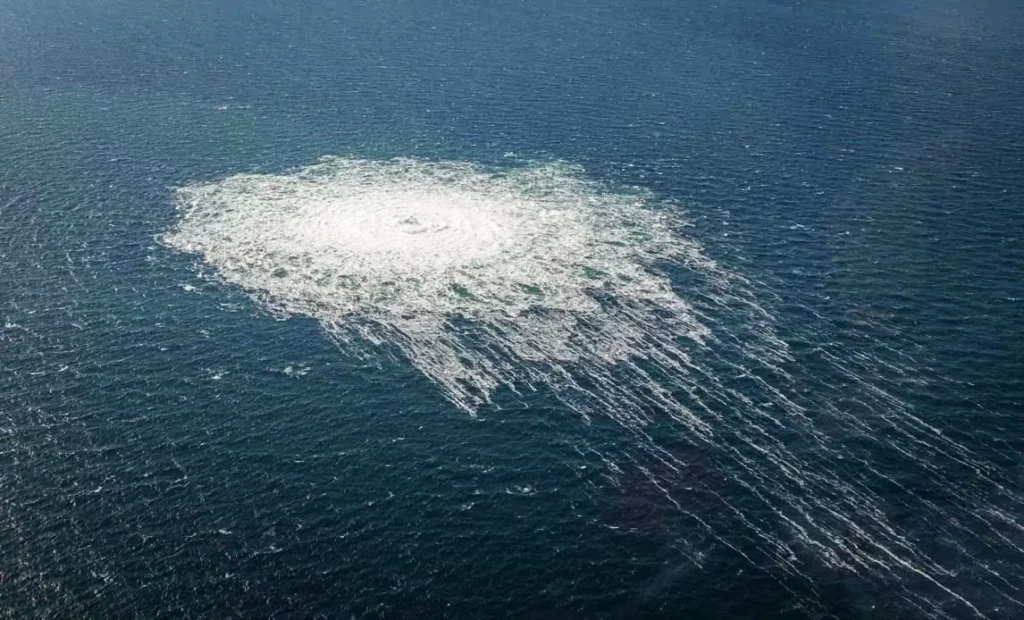
The investigation of damage to the Nord Stream gas pipelines confirmed the version of the explosion.
The governments of Sweden and Denmark are investigating four leaks from pipelines in Sweden’s and Denmark’s exclusive economic zones in the Baltic Sea since they were first spotted early last week, Reuters reported, citing the Swedish Security Service.
Europe, which has faced an energy crisis since the russian invasion in Ukraine, is investigating what caused the damage as moscow tries to put the blame on the West.
Washington denies any involvement in the incident at the gas pipelines, as russia and European countries continue to standoff over gas supplies that have stopped or been suspended as a result of the conflict in Ukraine.
The results of the investigation testify to the detonations that took place on both “Nord Streams”.
“Following the completion of the crime scene review, the Swedish Security Service can conclude that explosions occurred on “Nord Stream-1 and 2” in Sweden’s economic zone,” the Swedish Security Service said in a statement.
Gas pipelines were significantly damaged. Law enforcement officers also removed “some materials” from the scene, which will be handed over to the investigation. According to the Swedish Security Service, this evidence “increased suspicions of gross sabotage”.
Meanwhile, russian “diplomats” are outraged that the terrorist country cannot join the investigation. Kremlin Press Secretary Peskov has already stated that without moscow’s participation “it is impossible to conduct an objective investigation”
On Tuesday, October 4, Sweden closed the area of the Baltic Sea around the gas leaks from the “Nord Streams”. Sweden’s coast guard said ships and submersibles were prohibited from approaching the two leaks 9.3 km (5.8 miles) off Sweden.
Last week, underwater explosions damaged the “Nord Stream-1 and 2” pipelines in four locations off southern Sweden and Denmark, and led to methane leaks in the international waters of the Baltic Sea.
The Swedes sent an underwater rescue vessel capable of advanced diving missions, as well as coast guard vessels, to the two sources.
While the incident is being investigated, European countries are taking measures to protect their own maritime infrastructure.
For example, Norway is increasing security measures around offshore gas and oil platforms. Lithuania has increased the number of guards at the LNG terminal in the port of Klaipeda.
In its turn, Great Britain plans to purchase vessels to protect underwater infrastructure. The state also sent a frigate to the North Sea to protect the pipelines through which it receives oil and gas.
